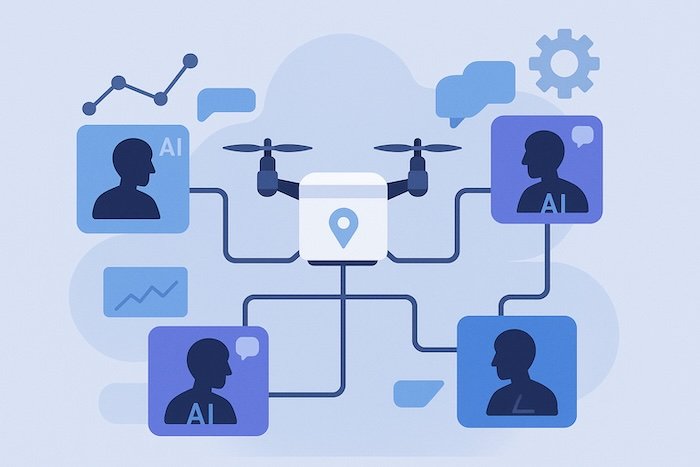The telecom sector has seen a dramatic rise in cybersecurity breaches in recent years, driven by the continued rollout of 5G networks, the expansion of digital services, and the widespread adoption of cloud computing. Our research reveals a stark increase in cybersecurity breaches among telecom organisations, rising from 46% in 2021 to 86% in 2023.
Threat actors are now leveraging Artificial Intelligence (AI) and Generative AI (Gen AI) to carry out more sophisticated attacks, such as malware creation, social engineering, and phishing. Telecom organisations are therefore faced with a rapidly expanding attack surface, with new risks like prompt injection, vulnerabilities in AI-integrated applications, shadow AI, and internal misuse. The full lifecycle of Gen AI solutions—from data collection and model customisation to development and maintenance—must also be properly secured.
A promising approach to combat these emerging security challenges is integrating AI and Gen AI into telecom cybersecurity strategies. By utilizing AI technologies, telecom companies can significantly improve their ability to detect, prevent, and respond to threats in real-time, enhancing their cybersecurity posture.
For an in-depth look at how telecom companies are utilizing AI and Gen AI to tackle rising cybersecurity risks, download our latest report, New Defences, New Threats: What AI and Gen AI Bring to Cybersecurity. This report includes insights from a survey of 1,000 organisations, with a specific section on the telecom industry (starting on page 28). It features exclusive data, real-world use cases, and valuable perspectives for organisations aiming to strengthen their cybersecurity strategies amid the industry’s ongoing transformation.















